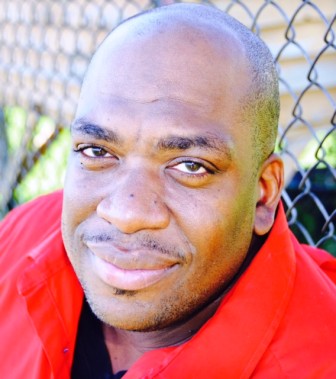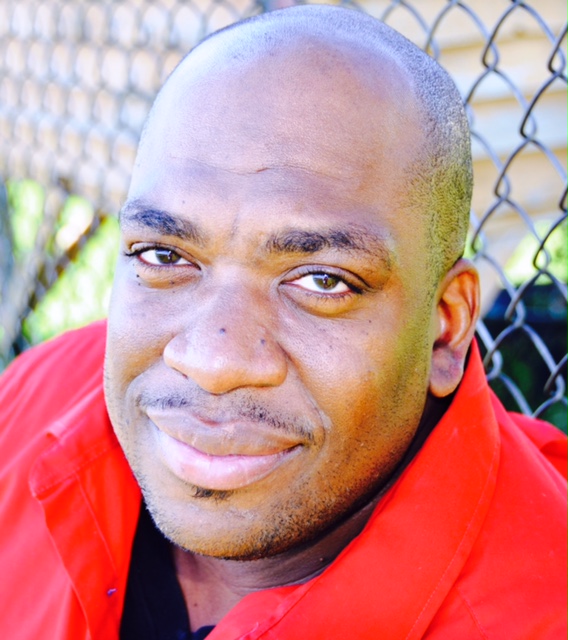 By the time I was 24 I had spent 10 years in and out of juvenile justice programs and prisons in Iowa. Four of those years were spent languishing in solitary confinement cells and one year in Iowa’s own Supermax unit.
By the time I was 24 I had spent 10 years in and out of juvenile justice programs and prisons in Iowa. Four of those years were spent languishing in solitary confinement cells and one year in Iowa’s own Supermax unit.
From my own experience, I know what works and what fails miserably when working with juveniles. As a practical approach, we need to teach an evidence-based, proven methodology and shape the future juvenile justice workforce.
We also need to change our policies on how we treat juvenile offenders, and those policies need to be consistent across the United States. We need to create a culture of trauma-informed care. You see, kids rarely act out without some underlying cause. They are very often the victims of abuse or have experienced other traumas.
For more information, visit the JJIE Resource Hub
Juveniles need to be assigned a treatment team when they enter the system, consisting of psychologists, psychiatrists and therapists, working together, to address these issues.
There are four things I would change to facilitate a juvenile’s habilitation. And I use the word “habilitation,” because “re-habilitation” assumes that the person was OK before and needs to go back to that state of being. Most of our youth have not been “habilitated” to begin with, so how can they go back to something they have never been?
The four changes:
- Focus on the individual.
- Focus on their family relationships.
- House these juvenile offenders separately from adults.
- Re-establish community connections.
We need to start by focusing on the individual and providing them with a therapist. Then we can allow the child to begin addressing issues in a safe space before engaging with the family. That allows the child to gain the tools they may need when interacting with family. Because many times, the trauma has begun at home.
The family needs therapeutic services throughout the habilitation process. We should actively engage families and figure out creative ways to encourage supportive family visits. Studies show that encouraging this type of interaction lowers recidivism rates and creates a positive impact on the habilitation process.
One of the most important parts of this plan would be to keep juvenile offenders away from the adult prison population. Even if they are being tried and ultimately sentenced as an adult, they should not be incarcerated with adults.
For example, when I was admitted to the Department of Corrections, I was immediately housed with adults. My cellmate was a 50-year-old man who was convicted of second-degree murder.
When I finally arrived at the Iowa State Penitentiary in Fort Madison, Iowa, in 1993, I was one of 550 prisoners and the youngest person in the prison for at least a year while I was still 17. In the cell to my right was a guy named Shank. He was serving a life sentence. On my left was a guy serving a life sentence — and he had just stabbed a prisoner with a shank. These are not the best influences for a young man, and yet, this is where I celebrated my 18th, 19th, 20th, 21st, 22nd, 23rd and 24th birthday.
[Related: Why Youth Prisons Are Like Leeches]
I have watched juvenile offenders become victims of more savvy, older criminals who use them for sex, money and other material goods. We must protect juvenile offenders, and that starts with separating adults from children.
Housing juveniles separately still allows them to experience the consequences of their actions, while learning to make positive choices — and we can still keep our communities safe. Once we allow juveniles to be incarcerated with adults they give up hope, resign themselves to the convict code and a life in prison on the installment plan — multiple incarcerations.
You may be thinking; they did the crime — they should do the time. You’re right.
However, we need to be asking, “What happened to you?” — not “What’s wrong with you?”
My theories are not just based on my experience, but in science. Neuroscientists have discovered that a teenager’s brain does not have a fully connected or developed frontal lobe until around age 25. The frontal lobe is responsible for thinking, decision making and planning. This means that even though you may have adults trying to teach you right from wrong, you may not realize the full consequences of your actions until that door slams shut — and then, it’s too late.
Up until 1899, very young children were prosecuted under the same laws and sent to the same prisons as adults. The age of 18 was arbitrarily selected as the beginning of adulthood. Now that we know the human brain is not developed until age 25, perhaps it’s time to revisit our laws and adjust them to fit the needs of the adolescent and the young adult. This would include housing 18- to 24-year-olds in a separate facility and providing the same treatment plan as for minors.
I also believe juveniles need a way to reconnect in the community with a series of opportunities to have jobs, complete school and perform community service.
This plan I’m proposing does cost more than the current system. It requires the federal government to be an active participant. It requires national standards of licensed professionals, and will require us to financially invest in our youth. To keep any child from going through what I did, it is definitely worth it.
According to the Washington Post, the U.S. Census figures in 2010 showed there were 2.3 million prisoners in the U.S. Just to give you some perspective, there are 2.7 million people living in Chicago. We’ve got almost as many people in prison as we do in Chicago. Our national incarceration rate of 707 adults per every 100,000 residents is the highest in the world, by a huge margin — and our current juvenile justice and child welfare systems serve as feeders for them.
Jeff Wallace has spent most of his life studying the effects of the policy and procedures followed by the criminal justice system on at-risk youth — first as one of those youths and then through his undergraduate and graduate degrees in criminal justice. He is founder and president of STEPQuadCities.org. His email is jwallscott@gmail.com. See his Tedx talk at https://www.youtube.com/watch?v=TOxpjjzP6lM
More related articles:
Giving Inmates with Life Sentences 2nd Chance Is Right Thing to Do
Attorneys Need to Be Alert to Youth Who May Be Put in Solitary

Mr. Wallace,
I have shared your TedX Talk with many of my young clients over the years as a alcohol and drug counseling. I am working on an art fellowship to build community connections with our youth in the juvenile justice system through art. Would you be available to offer some advice via email?
Dr. Cathy Anthofer-Fialon
Thanks for your thoughtful comments, they are much appreciated! This issue is near and dear to me and I have dedicated my life to doing the necessary work to produce change. Given the fact that we are both “Iowans” I would love to talk with you and collaborate!
Thanks again!
Jeff Wallace, MCJ
As a former native of Iowa and a current juvenile criminal justice professional I thank you for this honest, and much needed piece.